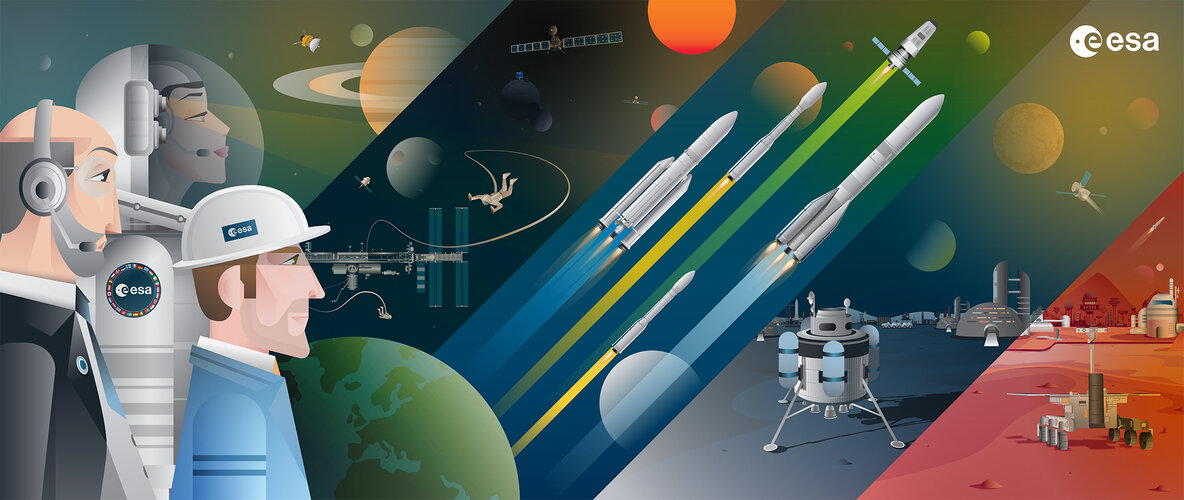
Some will demonstrate new technologies, such as a huge foil to monitor tiny pieces of space debris, or new tech needed for floating platforms on Venus. Others will help us understand other planetary bodies and learn how to live away from Earth, for example by lighting up and mapping the Moon's permanently shadowed regions, or by constructing a self-contained biological system that provides everything astronauts would need for long-term interplanetary missions. A detailed list of the activities can be found at the end of this article.
"This was the first ever attempt to solicit ideas for new missions across all space activities from not only industry, but also academia and the public," says ESA's Moritz Fontaine, who was part of the team that ran the call for ideas.
"It was a completely public, open forum that aimed to get several proposals for new space missions that ESA could analyse in parallel. It's safe to say that we have achieved this goal!"
ESA will open up eight of the activities to industry and academia, who will be invited to apply for funding to develop the mission concepts further. Of the remaining three, two are planned to be explored in ESA's Concurrent Design Facility (CDF), a facility dedicated to bringing together experts from different domains to assess the feasibility of future space missions.
The concepts to be studied in the CDF are monitoring asteroid Apophis as it makes an Earth flyby in 2029 and developing a technology demonstration mission for floating platforms on Venus. The final activity will analyse a new initiative to develop Europe's capability to provide space-based sustainable energy.



